Burned into the mind is the long echo of a legion of mouse clicks furiously pressing their way through the darkness, hand in hand with the fire red glow of a computer monitor. There is no doubt that this has become a shared memory of all the gamers who have spent countless hours forging through the extensive world that is the Diablo trilogy.
Another action RPG is sure to claim its own share of players who deeply appreciate a game where you must start in rags and battle your way to greatness, drooling over the flavor text like an 80’s middle school kid reading D&D Monster Compendium p*** for the first time all the while adding bruises to their knees in the fits of excitement that accompany each rare and unique item found in victory.
Gamespot’s PC Game of the Year 2013, Path of Exile is an online Action RPG set in the dark fantasy world of Wraeclast created by a small independent team of hardcore gamers, Grinding Gear Games. It’s designed around a strong barter-based online item economy, deep character customization, competitive PvP and ladder races. The best part: the game is completely free and will never be “pay to win”.
At the helm of Grinding Gear’s PoE is the Swedish industrial design graduate, and author, Erik Olofsson.
Erik, can you share with us a bit about your history leading up to your work on Path of Exile?
I grew up in a small town called Umea in the far north of Sweden. With fast internet and little sun, it’s the perfect growing ground for hardcore gaming, and I spent countless hours in games like Doom, Quake, Starcraft, Warcraft and most importantly Diablo 2. Diablo 2 made me delay my university studies by several years, and at my peak I was at second place of the original D2 classic Europe ladder. Needless to say I have thousand of hours of playtime in Diablo 2.
My art interest started very early. I was generally sitting at the back of class drawing things instead of listening to the teacher. I was also involved in the mod community of several games, and last time I checked there was still servers around using one of my Quake 1 levels. Since then I went through with an industrial design degree during which I wrote the book “Design Sketching”, but I never ended up working as an industrial designer.
Just after I graduated I was talking to Chris (lead designer on PoE) online and he was asking about where he and Jonathan (lead programmer on PoE) could find a lead artist for their planned game project. I met Chris on a Diablo 2 strategy forum of all places, BTW! So anyway, a couple of weeks after that conversation I was on a plane to New Zealand, and I’ve been here for seven years now. Things have come a long way since we started out in Chris’ garage, sitting on garden chairs.
Do you remember a particular moment playing Diablo 2 that stayed with you throughout your career?
Overall it was the “feel” of Diablo that drew me in. There was a sense of mystery and ancient magic that is hard to quantify. You never knew what was around the next corner. It could be an especially n**** monster, or you could find a super rare item that would make you very powerful. As for a more specific moment, the most memorable one was when I got my hands on a 301 top damage Martel de Fer Maul in classic Diablo. At the time I did not even know of any higher damage weapons on the entire Europe realm so I was completely ecstatic. The sense of ownership of items is something that was really special in Diablo, and I think it has to do with a lot of things like the gothic realism, the overall feel of the world, the large chunky inventory items that actually take up space.
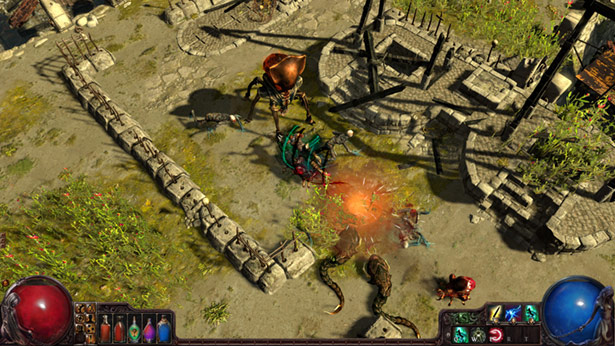
How has it affected how you approach game design now?
The above did affect the PoE design a lot as we are trying to capture that same feel.
Who, or what roles, make up the core team on PoE?
The core team and founding members that have been involved in pretty much everything from the start are me (lead artist), Chris (lead designer) and Jonathan (lead programmer). We are the ones that tend to get to do all the miscellaneous tasks until we can find someone more specialized to do them. I’d leave it at us three because the list would get so long if I want to avoid leaving anyone out!
Every other Diamond/Eternal newsletter contains a developer profile, so that would be a good place to find more info about other team members.
What are some of your favorite items and design elements from the game?
I have two soft spots that I’ve been particularly obsessive about. The first is unique items, and I still think back fondly to the times when I could put headphones on and just try to come up with cool themes, mods and flavor texts for them.
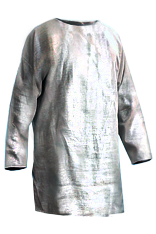 My favorite one would be the armor Tabula Rasa, which has a lot going for it from pretty much all design angles. Because of the six linked sockets it gives players something that is highly sought after, but it can be replaced later by power players. It is very interesting to the quirky player that wants to try a lot of build outs. The theme and flavor fits the Romanesque world of PoE perfectly, with a very fitting and historically significant latin phrase and the lack of flavor text that in this case is very flavorful. It’s kind of a perfect storm of unique design that only happens when a lot of things just happen to align perfectly.
My favorite one would be the armor Tabula Rasa, which has a lot going for it from pretty much all design angles. Because of the six linked sockets it gives players something that is highly sought after, but it can be replaced later by power players. It is very interesting to the quirky player that wants to try a lot of build outs. The theme and flavor fits the Romanesque world of PoE perfectly, with a very fitting and historically significant latin phrase and the lack of flavor text that in this case is very flavorful. It’s kind of a perfect storm of unique design that only happens when a lot of things just happen to align perfectly.
The second design aspect of PoE that I am very fond of is environment textures and details. In PoE you will spend literally all your time looking at the ground textures, so doing them well is very important. For example they need to be clean enough to not cause clutter and headaches, but detailed enough to feel realistic and interesting. Details such as the reliefs of torturers in the prison is also something I take great pleasure in adding to the game.
Could you share some shots of your favorite environments and details from the PoE?
Tabula Rasa is extremely simple (the phrase means “blank slate” afterall), but I’ve attached a couple of other unique items.
Can you talk through the design process when you’re working on new environments and ideas for the game?
We use a mix of 3d, photos and textures in addition to normal painting when making items. This helps us create the art much faster, and gives it that realistic touch. For example, grabbing a golden skull from zbrush to paint on top will be much much faster than actually trying to paint it out. So in a way you’ll always try to make things faster and easier when you make games. After all it is the end result that matters. One caveat with this statement is that there is no way around having the foundations down, so you’d have to learn about drawing and shapes first for years. There will never be a shortcut around that, and even if you use a lot of 3d and photography, gaps in artistic knowledge will shine through.
One of the things that really stood out for me in PoE was the Passive Skill Tree. That thing is epic. How long did it take to design it? What was the design process for its?
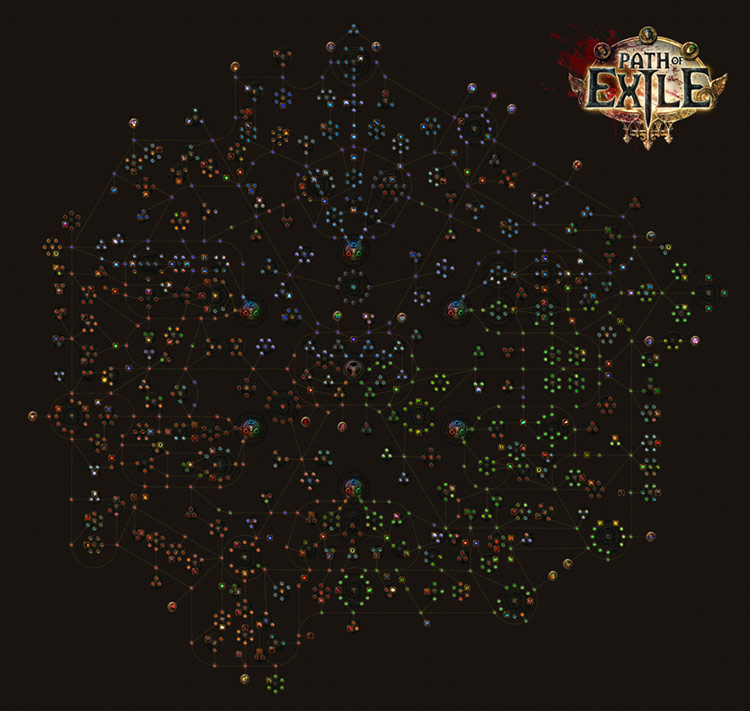
The skill tree took a lot of time. I have personally spent maybe an effective month on it (spread out over years), and the game designers have spent far, far more time than that. I primarily worked on the visual navigation and class identity part of the tree.
As a side note, for new artists that are getting into game creation, I recommend trying to become a specialized texture artist or environment concept artist. A lot of new artists want to go into character and monster design and modeling because its more flashy, but that also means that the competition for those roles is much fiercer.
Great advice. Are there any recommendations on how artists looking to get into game creation should structure their portfolio? Is there a “best” way to get their work in front of game designers?
About a portfolio I can say that it should be fast and easy to view. Put your best images right up front and if you are using a website, don’t do any fancy flash stuff and weird navigation. The people viewing your portfolio will likely be very busy, and they just want to get to the actual art as soon as possible. Another thing is to be very clear where you are from and if you are applying for off-site freelancing or an in-house position. Those tend to be the first questions I need to clarify with any applicant.
Another thing that really helps a portfolio is if there’s content from an actual game project or mod. Among fresh students that apply, if anyone has put effort into a mod project besides school projects it helps a lot.
For more information on Path of Exile, artwork, and gameplay videos, visit pathofexile.com.

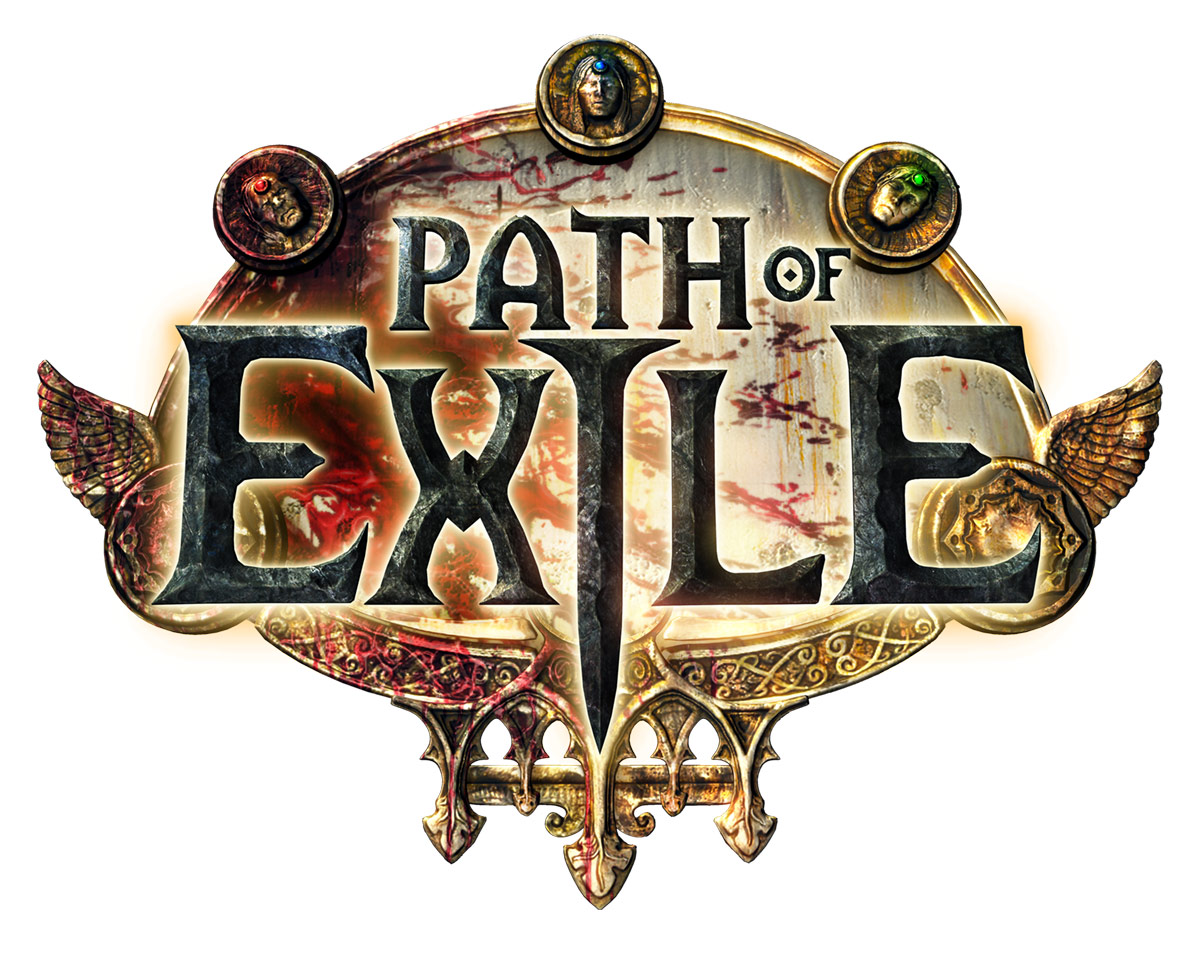
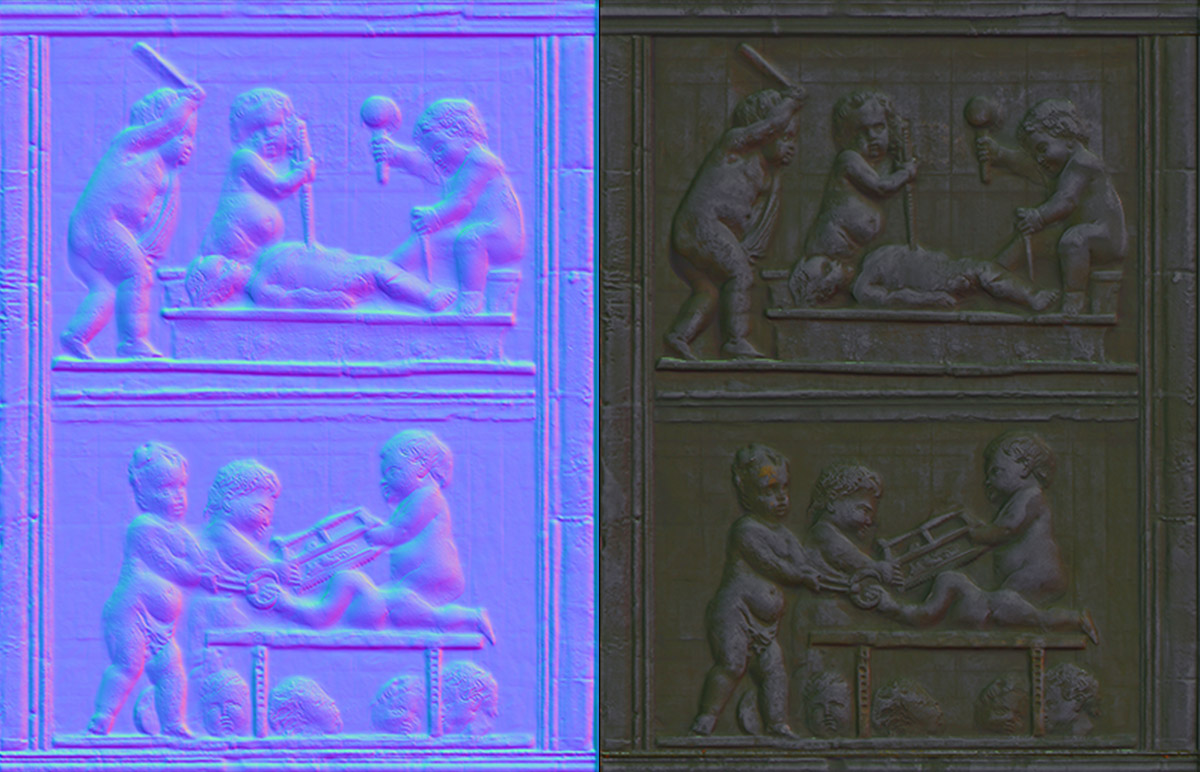
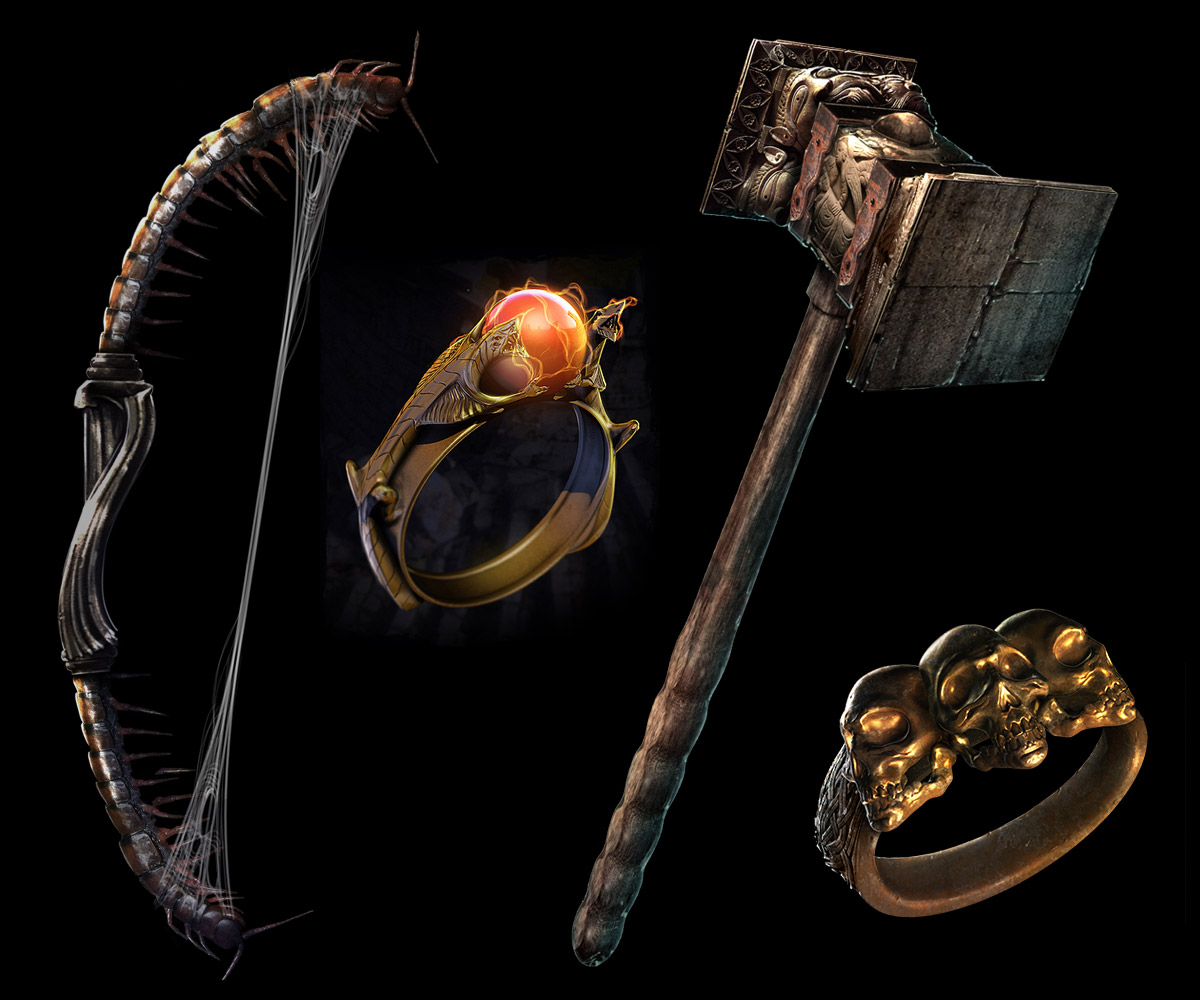
 …WOOLY DESERVES BETTER LOL!
…WOOLY DESERVES BETTER LOL!